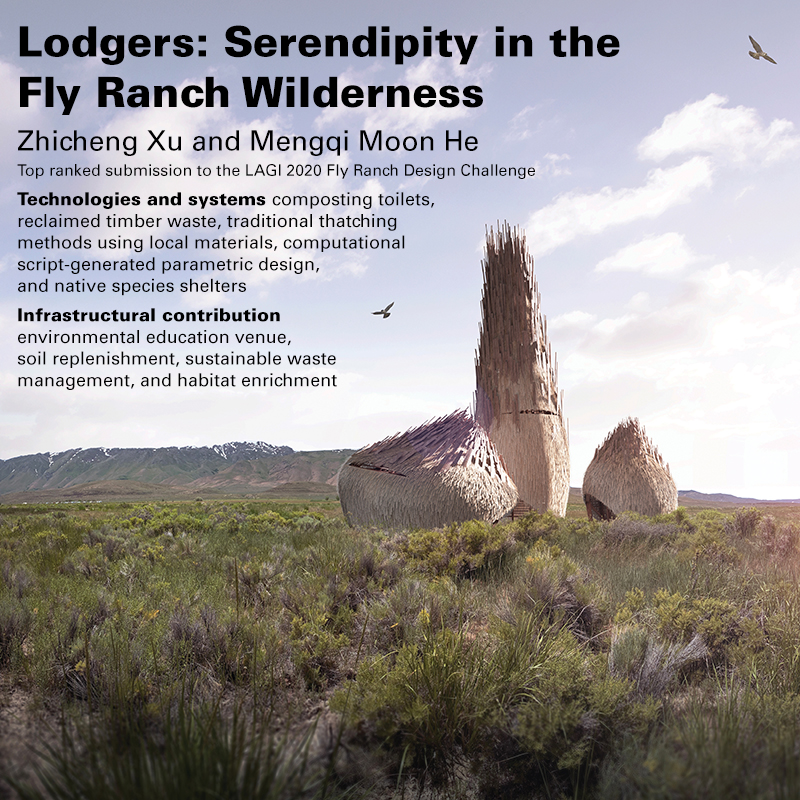
Burning Man Project and the Land Art Generator Initiative are delighted to announce the results of the LAGI 2020 Fly Ranch design challenge.
Last year, creatives from around the world were asked to integrate sustainable systems for energy, water, food, shelter, and regenerative waste management into works of art in the landscape. The objectives were to design the foundational infrastructure for activities at the off-grid remote Fly Ranch site, support Burning Man Project’s 2030 sustainability goals, engage a global audience to work together towards systemic transformation, and serve as an inspiration for the fields of regenerative design and systems design.
We’re grateful for the overwhelming and inspiring responses from the nearly 200 teams who responded to the call. Proposals include spaces for human habitation and thriving that enhance wilderness habitats, regenerative venues for learning, scientific discovery, and self-expression, permaculture systems for food and organic products, infrastructure for water harvesting and blackwater recycling, innovative materials and methods for zero-emissions construction, and energy infrastructure to generate power from solar, wind, geothermal, and biomass.
Art and creativity are the connective strings that weave these systems together in regenerative cycles of energy flow, material reuse, and productivity, aspiring to kinds of synergies present within flourishing natural systems. Together the LAGI 2020 Fly Ranch projects offer a beautiful example for how to live comfortably in sync with nature in a decarbonized economy and offer a beacon of hope for a climate conscious world.
Fly Ranch invites anyone who would like to support projects to engage, comment, and offer words of wisdom regarding the top ten and the shortlisted proposals. Feel free to offer advice and volunteer to help throughout the prototyping process, which will take place beginning in the Summer of 2021.
Top Ten LAGI 2020 Fly Ranch Proposals
Click on the image for details.
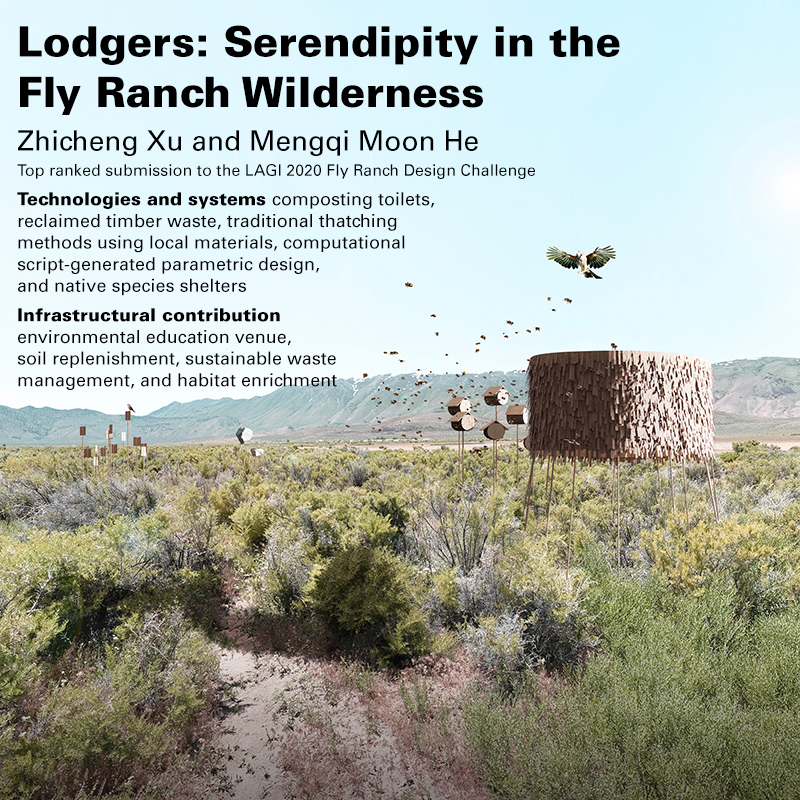
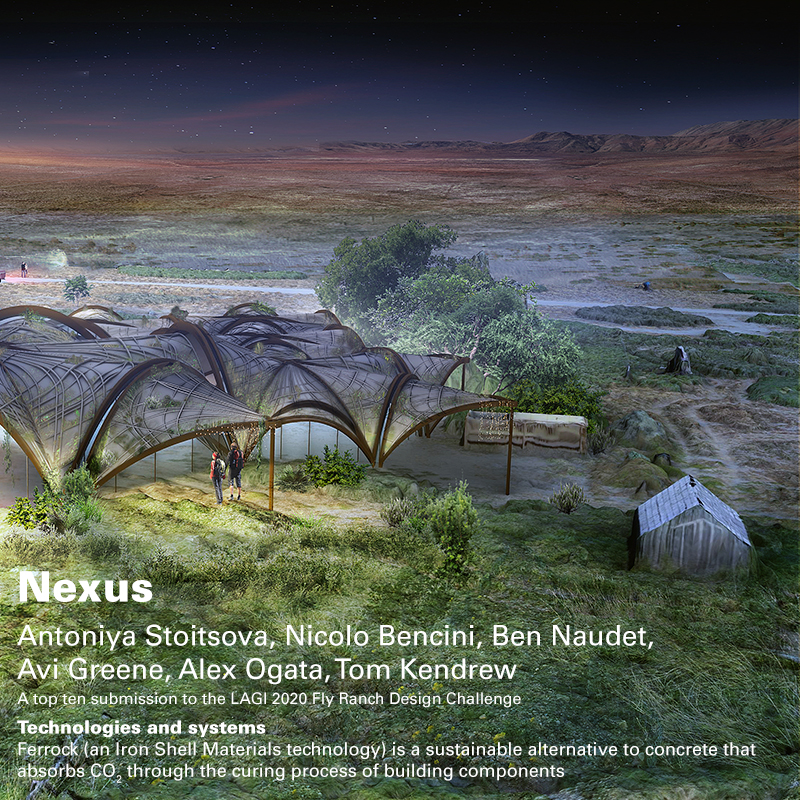
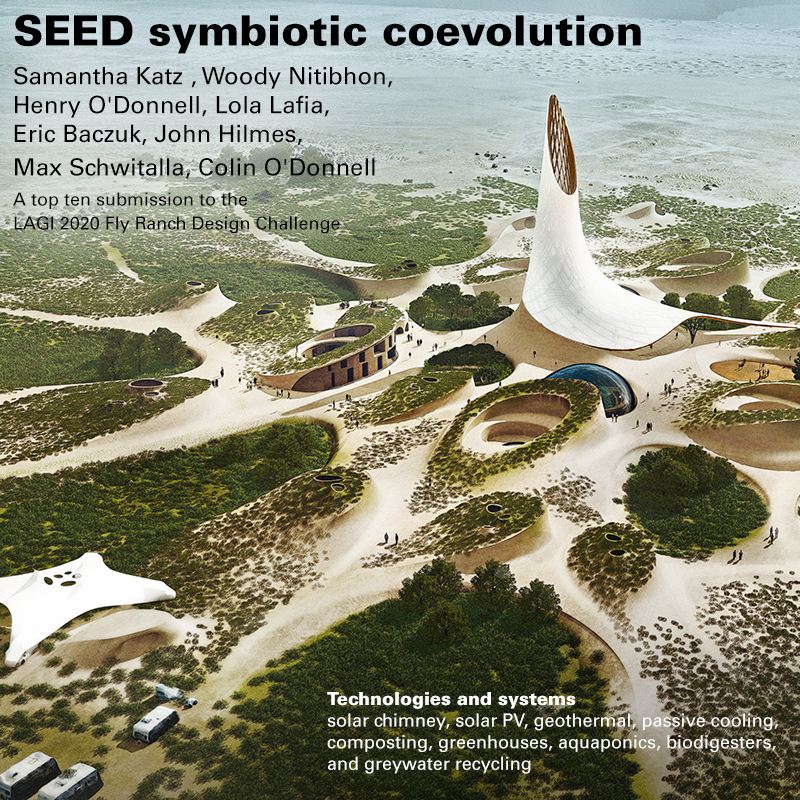

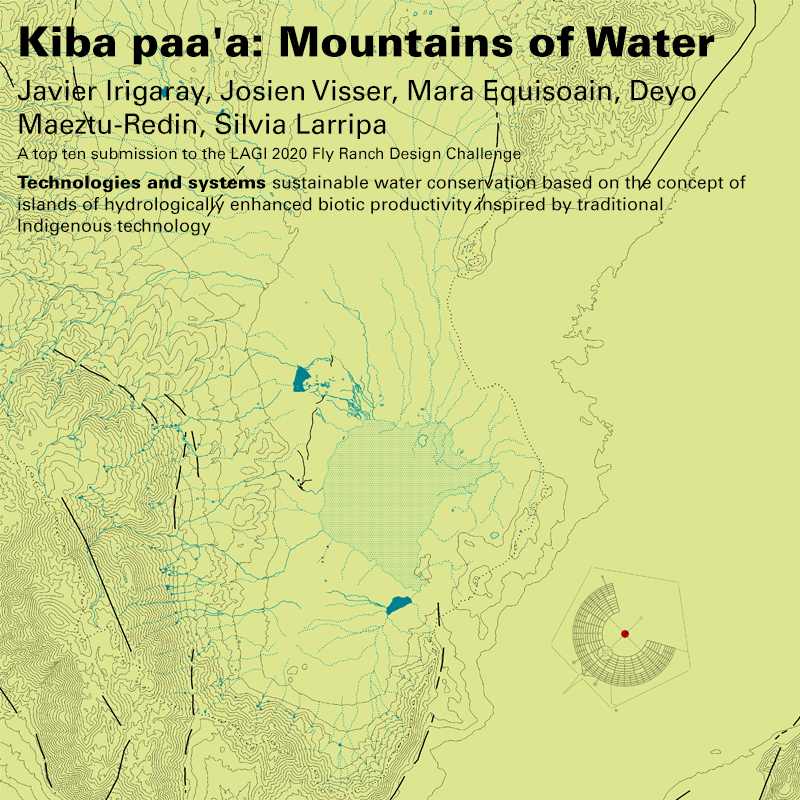
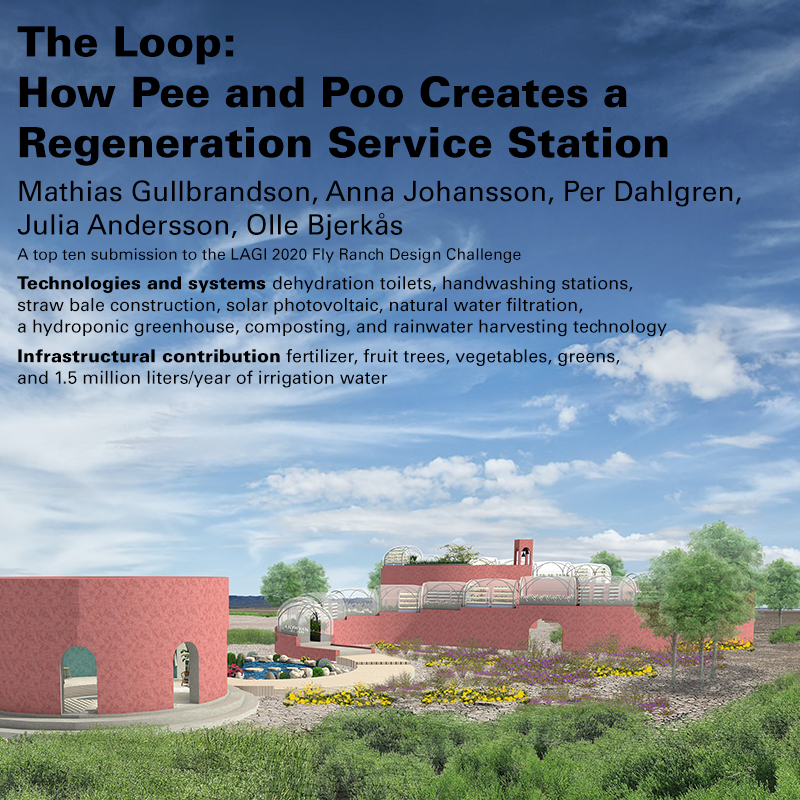
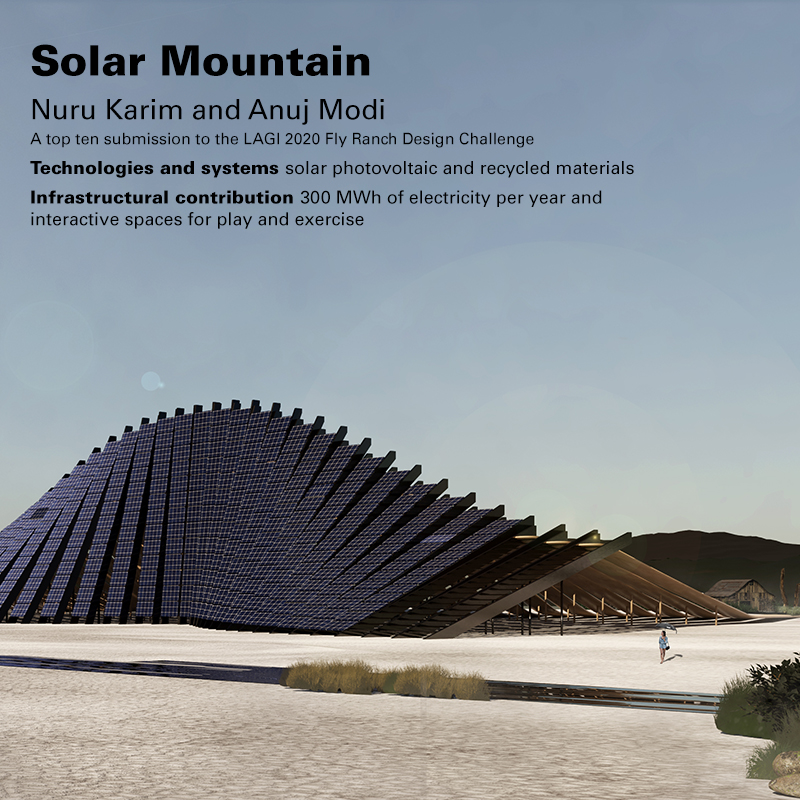
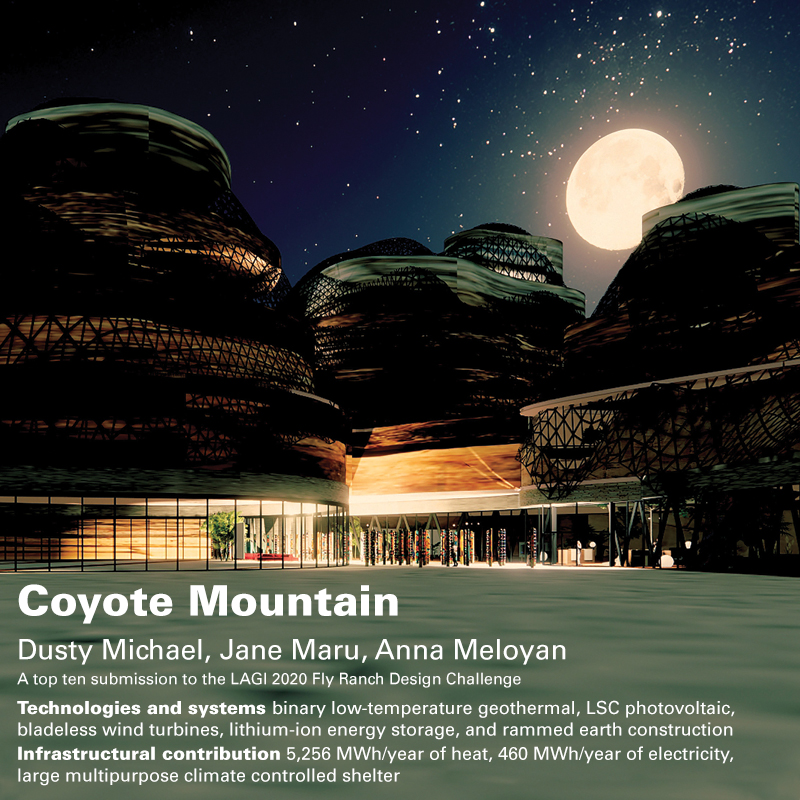
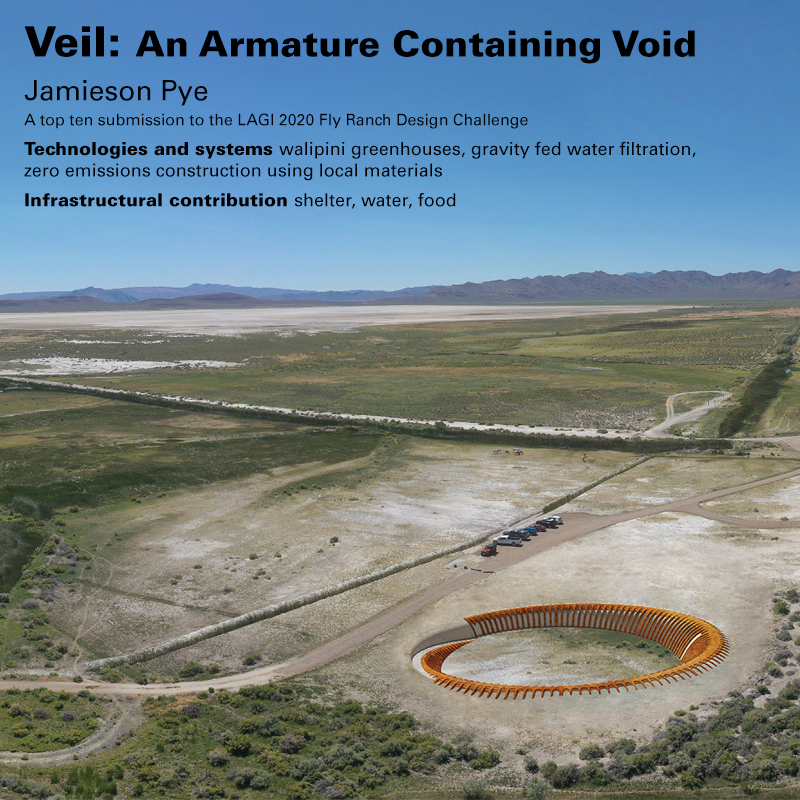
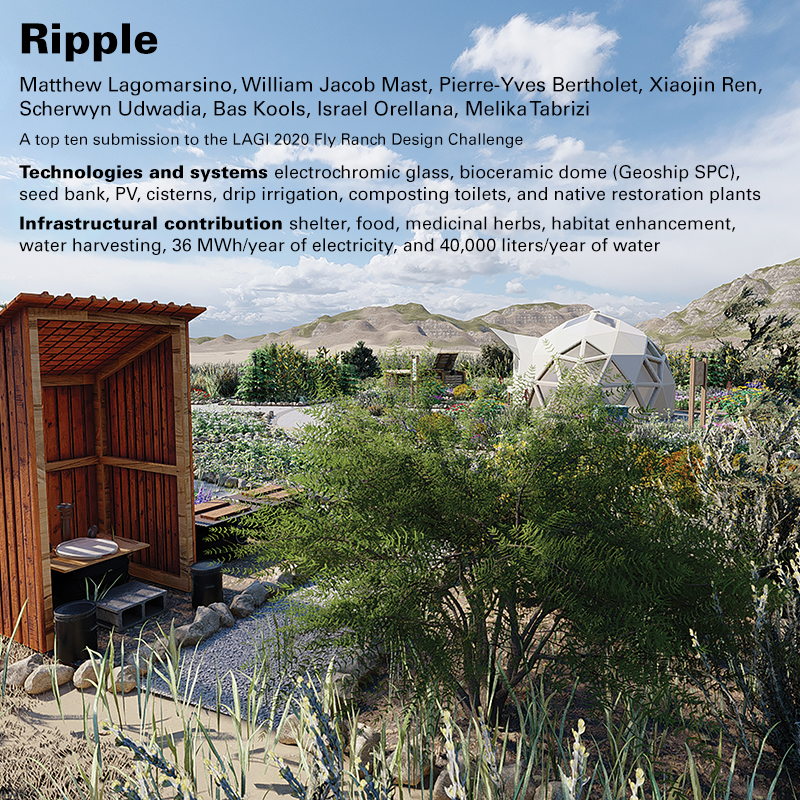
Related Posts
2 Comments
Add comment Cancel reply
This site uses Akismet to reduce spam. Learn how your comment data is processed.

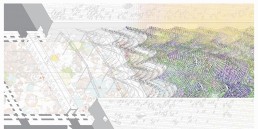
We work in reforestation, agroforestry and agroecology. My book, Radical Regenerative Gardening and Farming.
[…] Land Art Generator, run by Elizabeth Monoian MFA ‘00 and Robert Ferry, announced the winners of the LAGI 2020 Fly Ranch Design Challenge. […]